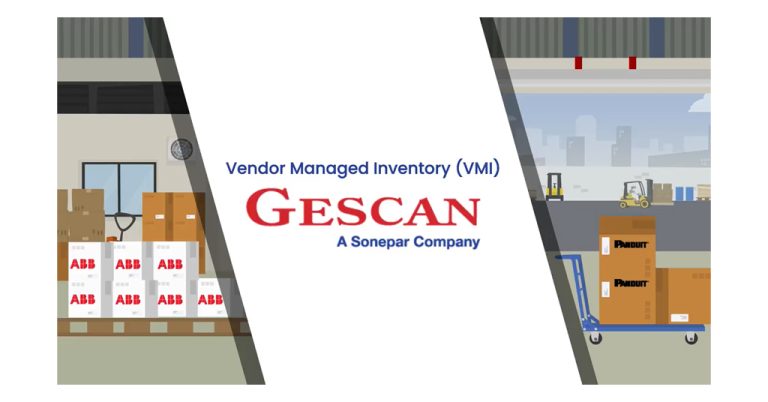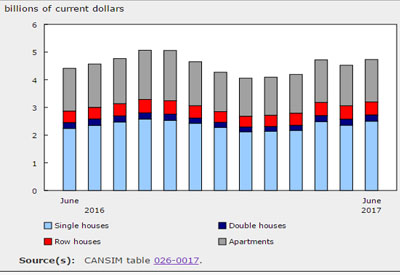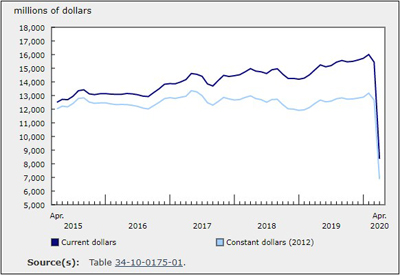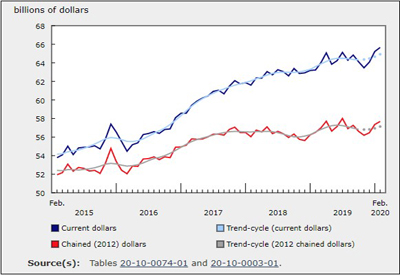Residential Construction Investment Rises 3.9% YOY in Q2 2016

September 12, 2016
The total value of investment in residential construction increased 3.9% to $30.8 billion in the second quarter compared with the same quarter in 2015. This marked the 10th consecutive year-over-year advance.
Higher investment in every component contributed to the national growth, except semi-detached dwellings, which recorded their fifth consecutive year-over-year quarterly decline.
Spending on apartment and apartment-condominium building construction (up 17.0% to $4.5 billion) and single-family dwelling construction (up 4.7% to $6.6 billion) accounted for much of the gain at the national level.
At the provincial level, increases occurred in five provinces, led by Ontario, followed by British Columbia and Quebec.
In Ontario, residential construction investment rose 10.7% to $12.0 billion in the second quarter compared with the same quarter a year earlier. The increase was mainly attributable to higher investment in single-family dwellings, apartment and apartment-condominium buildings and, to a lesser extent, renovations and row houses.
In British Columbia, construction spending grew 17.0% from the second quarter of the previous year to $4.9 billion in the second quarter. The gain was largely the result of higher spending on apartment and apartment-condominium buildings and single-family dwellings, as well as higher acquisition costs related to new dwelling units.
In Quebec, residential construction spending totalled $6.6 billion in the second quarter, up 6.3% from the same quarter a year earlier. This marked the second consecutive year-over-year gain. The advance was mostly due to higher acquisition costs, increased investment in apartment and apartment-condominium buildings, and a rise in spending on renovation work.
Alberta registered the largest decline among the other five provinces, followed distantly by Nova Scotia.
In Alberta, residential construction investment fell 17.4% to $4.2 billion in the second quarter compared with the second quarter of 2015. This was the fifth consecutive quarterly decline. The decrease was largely the result of lower spending on all four principal dwelling types, with single-family dwellings accounting for most of the decline.
In Nova Scotia, spending on residential construction declined year over year for the third consecutive quarter, down 20.7% to $483 million. The decrease was largely attributable to lower investment in renovation work, as the advance in other components, such as single-family dwellings and acquisition costs, was not enough to offset the decline.
Source: Statistics Canada, http://www.statcan.gc.ca/daily-quotidien/160902/dq160902c-eng.htm











